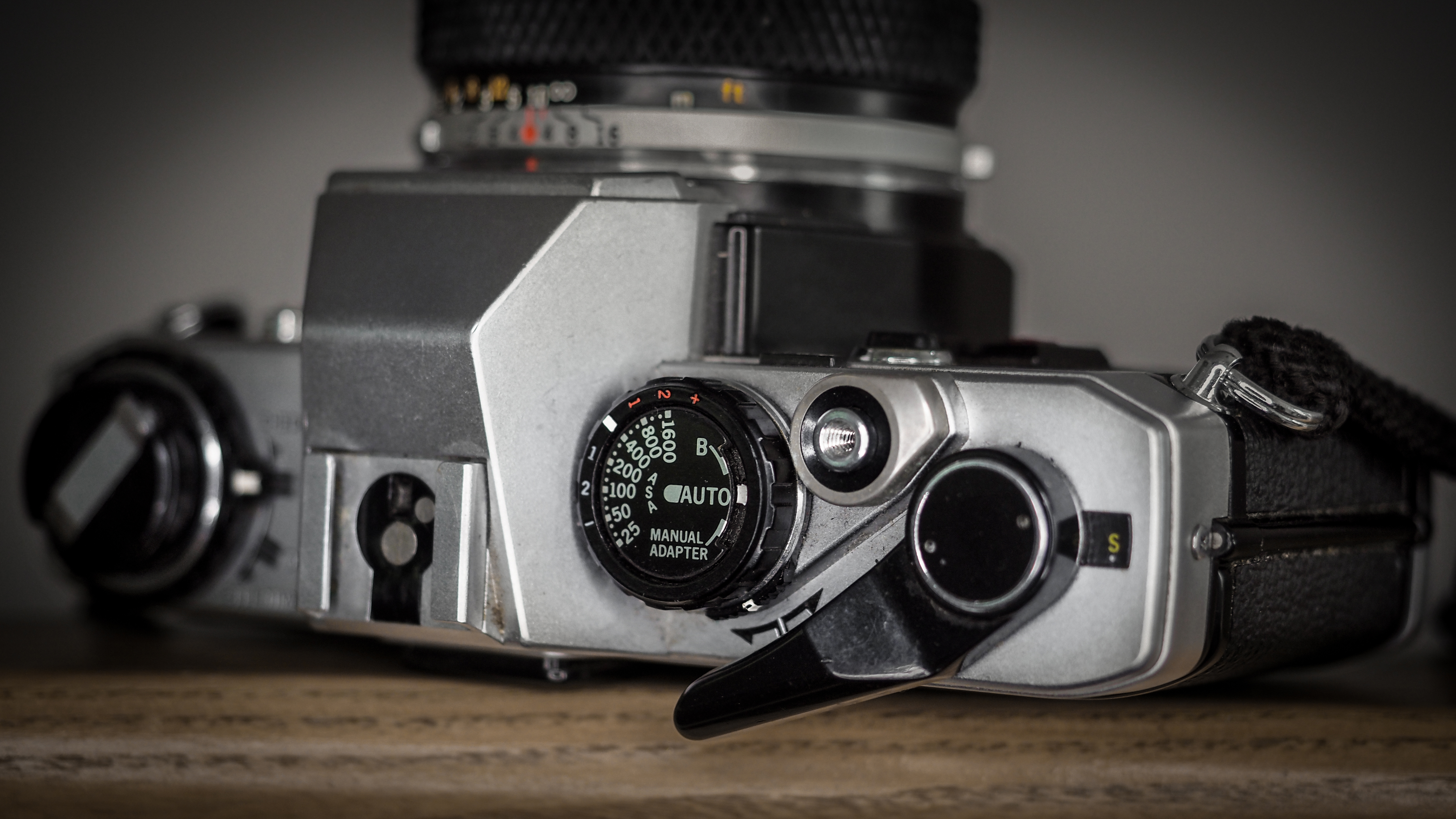I hope the new Olympus OM-10 does what made the original camera a classic
I love the Olympus OM-10 – so I hope OM System embraces what made the original such a great camera

Like many people, I love the Olympus OM-10. Unlike many people, it wasn't my first camera (or even my first Olympus, for that matter) but it's nonetheless one that has a very special place on my camera shelf.
For my money, the Olympus OM-10 is and always was one of the best film cameras. Launched in 1979 as the first entry-level camera in the legendary line of OM bodies, it's an aperture priority camera – as in, it has no manual mode. Which obviously distinguished it from professional models like the iconic Olympus OM-1.
• Looking for the best Olympus cameras (OM System) of the current era?
Also distinguishing it was the weight; at around a hundred grams less than its pro siblings, it is an incredibly compact and lightweight camera. Sure, it's not built to withstand the same rigors as its big brothers – but given that the OM-10 is now 44 years old, and still one of the most reliable SLRs out there, it certainly is built to last.
So, why am I waxing lyrical about a four-decade-old camera? Because I hope – and, with my educated guess, I think – that the Olympus OM-10 is the next camera being "resurrected" by OM System (the modern-day iteration of Olympus).
Of course, the "old Olympus" already produced a mirrorless version of it – four times, in fact, culminating in the Olympus OM-D E-M10 Mark IV. However, given that alphabet soup of letters and numbers, you would be forgiven for (as, it seems, most of the camera-buying public were) being oblivious to the fact that this was a spiritual successor to the Olympus OM-10.
OM System has already given us the latest version of the professional Olympus OM-1 in the form of the OM System OM-1, along with the semi-pro OM System OM-5. But the OM-10 was arguably the most beloved of the heritage Oly SLRs – so the inevitable OM System OM-10 is a fresh opportunity to take the principles that made the old film camera great and apply it to modern mirrorless technology.
The best camera deals, reviews, product advice, and unmissable photography news, direct to your inbox!
Do I want to see a modern camera eschews manual in favor of aperture priority alone? Actually, I don't think that would necessarily be the worst idea in the world. Heck, maybe even ditch one of the control dials – yes, seasoned photographers balk at using cameras with only one exposure dial, but confusing controls are one of the reasons why casual shooters stick with their phones instead of trying a camera.
This would also help differentiate the OM-10 from the OM-5 (which was always a tricky act for Olympus with the E-M-10 and E-M5). At the very least, I would love to see OM System double down on the guided shooting modes and streamlined operation.
I would love to focus on this being an unapologetically shooting-oriented camera, that puts the fun in photography rather than specs on a spec sheet. I would love this to be a camera I can buy for my girlfriend, so she can join me on days out taking photos without resorting to her phone.
I would love the OM System OM-10 to be the modern classic that the Olympus OM-10 was, so it can join it on my camera shelf one day.
If this article was of interest, you might want to take a look at our Olympus OM-D E-M10 Mark IV review to see what the most recent iteration got right. I'd also suggest taking a look at the best Olympus lenses (OM System) – including the Olympus 25mm f/1.8, which is a fantastic nifty fifty for mirrorless cameras!

James has 25 years experience as a journalist, serving as the head of Digital Camera World for 7 of them. He started working in the photography industry in 2014, product testing and shooting ad campaigns for Olympus, as well as clients like Aston Martin Racing, Elinchrom and L'Oréal. An Olympus / OM System, Canon and Hasselblad shooter, he has a wealth of knowledge on cameras of all makes – and he loves instant cameras, too.

